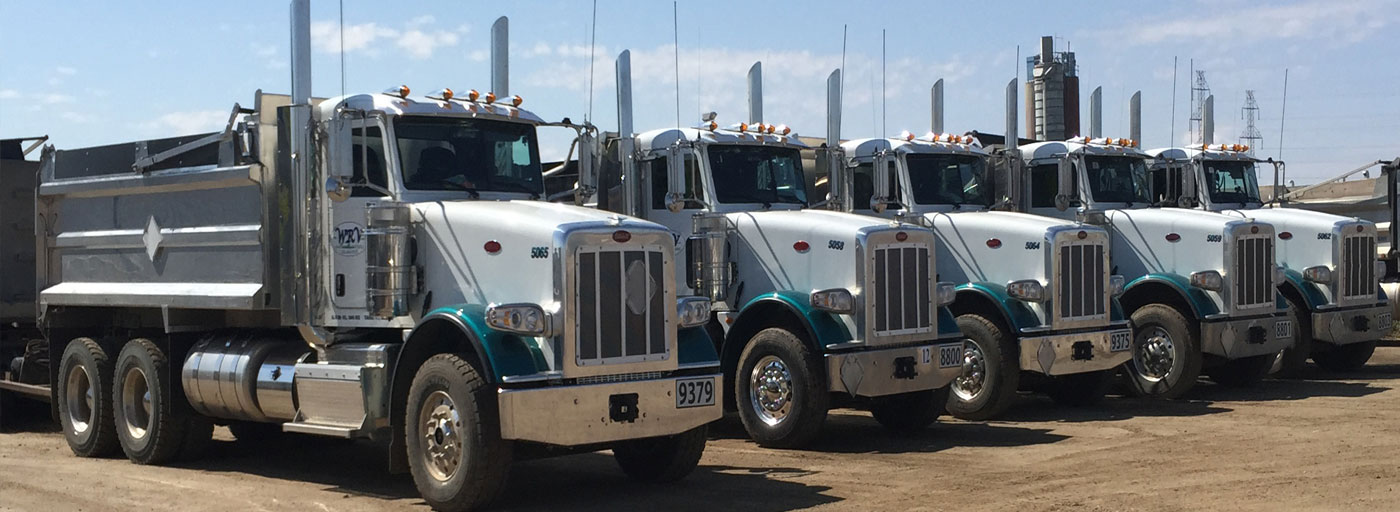
Construction backfill is the process of adding more soil in and around a hole or an excavated area, as it helps cover up the concrete foundation, retaining walls, or any other structure. When it comes to backfill in Edmonton, it is a very important aspect of the process because the soil largely consists of clay-like material, and so when there are freeze/thaw cycles to deal with, we must make sure that whatever is underneath your house will stay stable, or else you may have structural issues.
The variety of soils in Alberta – clays to sandy loams – is best turned into a granular material such as clean sand, gravel, or cement-stabilized mixes. They have great compaction, drainage, and resist frost heave. Perfect for residential or commercial backfill projects in Edmonton and the area.
Professional backfilling guarantees the correct levels, compaction and material selection that are important for leveling loads off so they will not settle. Because in Edmonton, the mission of professional backfill services is to reduce any buildup of moisture and also soil shifting, they lead directly towards increased long-lasting strength of foundations and structural integrity.
Yes, backfill is a necessary process for nearly all Edmonton residential and commercial construction projects. It reinforces bases, increases drainage and is in compliance with municipal building codes. Whether you are building a home, office or infrastructure, backfill is key for safety, durability, and compliance.
Environmentally friendly backfill means using clean, non-palatable material that allows for the free-draining soils and minimizes erosion. In Edmonton, local strata and recycled products can reduce the carbon footprint of concrete while maintaining consistency with environmental requirements and sustainable design methods.
The price for backfill services in Edmonton depends on the size of the project, type of material, location accessibility and level of compaction required. On average, people pay $500 for the cost of a cubic yard of cement. If you would like an accurate rate, White Rock Trucking customizes quotes to our client’s individual construction requirements.
Absolutely. Backfilling is widely used in gardening and landscaping applications to level an area or provide support for a slab, such as a patio, whilst backfilling around the perimeter of the patio under the pavers. Within the city of Edmonton, backfill for granular and floodable soils is quickly becoming more popular as slope stabilization than ever before, which helps with aesthetic & functional ability in your landscape areas.
Backfill refers to the process of refilling an excavated hole with the material that was removed from it or other suitable material, to fill a trench or a foundation. In construction, it is an essential material for guarding against foundation movement, increasing load-bearing capacity and correct drainage – particularly in Edmonton where the soil and weather vary.
White Rock Trucking offers numerous backfill products, including clean sand, gravel, and rock-soil mixes, as well as cement-stabilized, floodable backfill. Each element in the family is chosen for its project-specific requirements, soil conditions and structural needs to deliver superior performance.
Backfill is uniformly compacted mechanically in layers. In Edmonton, compaction criteria are directed by engineering drawings and local codes to achieve the desired density without having future settlement. Good compaction is necessary to provide maximum long-term support and safety.
Yes, White Rock Trucking offers both cement-stabilized and floodable backfill agencies. Cement stabilized backfill contains clean sand and is mixed with hydraulic cement for increased strength, while floodable backfill is intended for sites that need quick placement and consistent support without creating disturbance to the surrounding structures.
Definitely. It is important to use backfill around something like bridge abutments, retaining walls and culverts so erosion does not occur. The materials are chosen for their compatibility with distribution grading and compaction, and laying is performed systematically to prevent movement or even support on all sides.
Precautions include using tested materials, not wedging pressure against structures, and employing mechanical tamping in confined areas. In Edmonton, back slopes are riprapped or stepped to minimize sloughing, and fill is evenly distributed over concrete components to protect them and maintain design strength.
White Rock Trucking guarantees the highest density with layer-by-layer compaction with calibrated machinery and in accordance with engineering criteria. Every layer is tested to ensure moisture content and density, according to Edmonton building standards for structural performance and long-term stability.